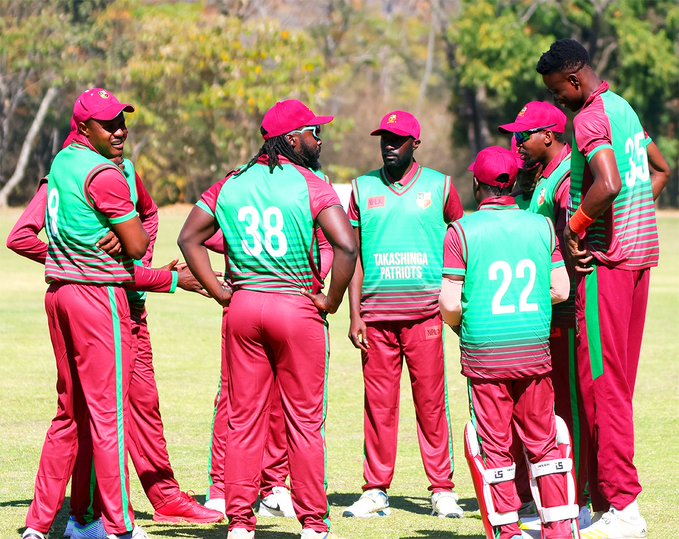South Africa’s bowlers excel on tricky Eisenhower Park pitch.
Anrich Nortje shines with career-best figures of 4 for 7.
Debutant Ottneil Baartman impresses with 20 dot balls.
Heinrich Klaasen and David Miller secure six-wicket victory.
In a thrilling opener to their T20 World Cup campaign, South Africa dominated Sri Lanka, showcasing exceptional bowling prowess and strategic acumen to secure a six-wicket victory. The match, held at the newly-built Eisenhower Park stadium, not only highlighted the cricketing skills of the teams but also offered insights into the challenging playing conditions of the venue.
A Tricky Pitch and Strategic Adaptations
The inaugural T20I at Eisenhower Park revealed a pitch that proved difficult for batsmen. The inconsistent bounce and lack of significant turn, combined with the expansive square boundaries, made it challenging for batters to score freely. Sri Lanka, opting to bat first, struggled to adapt, managing a meager 77 runs. Their performance was stymied by South Africa’s disciplined four-seam attack, which adapted quickly and bowled fuller lengths, varying their pace effectively.
Sri Lanka’s Batting Struggles
Sri Lanka’s batting woes were evident from the outset. The powerplay yielded a mere 24 runs, and by the ten-over mark, they had only 40 runs for the loss of five wickets. The South African bowlers, led by Anrich Nortje, exploited the conditions brilliantly. Nortje, returning from a stress fracture that sidelined him for nine months, delivered a career-best performance with figures of 4 for 7. His high pace and clever use of slower balls dismantled the Sri Lankan lineup, which saw only three batsmen reaching double figures.
Ottneil Baartman: A Debut to Remember
World Cup debutant Ottneil Baartman was another standout performer. His disciplined bowling, characterized by 20 dot balls (the joint-most in a T20 World Cup innings), stifled the Sri Lankan batsmen. Baartman’s journey to this stage is a testament to perseverance. After nearly a decade in domestic cricket and a near-abandonment of the sport for a career in the South African National Defence Force, Baartman’s exceptional performance in the SA20 league earned him a World Cup call-up. His immediate impact, taking a wicket with his first ball, underscored his readiness for international cricket.
The Importance of Fielding and Bowling Strategies
South Africa’s success was not just due to individual brilliance but also effective team strategies. The decision to utilize their seamers to bowl fuller lengths paid off handsomely. Nortje, observing his fellow quicks, avoided short deliveries and focused on accuracy and pace variation. This strategic approach led to crucial breakthroughs, including the dismissals of Kamindu Mendis, Kusal Mendis, and Angelo Mathews.
A Glimpse of South Africa’s Batting Depth
Chasing a modest target of 78, South Africa’s batting lineup faced some initial hiccups but remained composed. Heinrich Klaasen and David Miller guided the team to victory with 22 balls to spare. Klaasen, known for his powerful hitting, finished the match with a display of quality and strength, hitting Wanindu Hasaranga for a six and a four to seal the win.
The Match’s Broader Implications
This match was not just about the scoreline but also about the emerging talents and strategic insights it revealed. South Africa’s comprehensive performance demonstrated their depth in both bowling and batting. The venue’s conditions tested the players’ adaptability, and South Africa passed with flying colors. For Sri Lanka, it was a reminder of the need for better adaptation to varying pitches and more robust middle-order partnerships.





